GenusWave’s startle technology uses short bursts of sound to keep marine mammals away from fishing operations, cutting bycatch and noise pollution
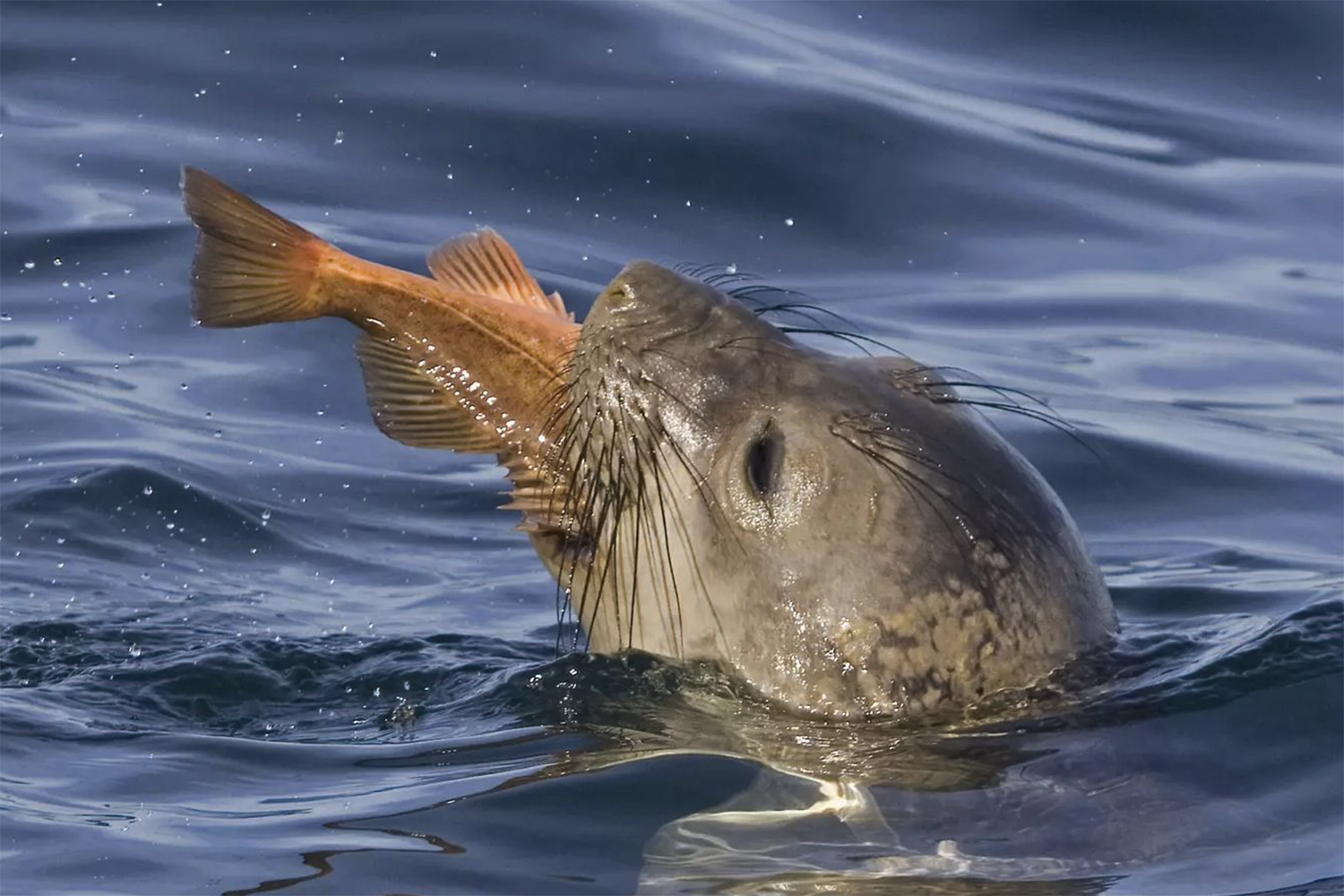
Sudden noises can startle – and not just people. All mammals can be startled, even underwater, and a triggering sound can be tuned to be species-specific.
Vincent Janik, a professor of marine biology at the University of St. Andrews, is one of the researchers who developed a technology based on a startle reflex that keeps seals, orcas and other predatory marine mammals away from fishing and aquaculture operations.
The concept is being commercialized by GenusWave, which has been named as a finalist in the Global Seafood Alliance’s Responsible Seafood Innovation Awards in the Fisheries category. Three finalists from the fisheries and aquaculture categories will present at the Responsible Seafood Summit on Oct. 22 in St Andrews, Scotland. Attendees will determine the winner by poll.
In mammals, a startle reaction is brought on by unexpected noise, Janik said in discussing the basis for the technology, called Targeted Acoustic Startle Technology (TAST). “If the door behind you suddenly slams shut because the wind caught it, you have that sudden flinch,” Janik told the Advocate. “That’s something that’s a reflex that’s based in the brain stem.”
It can’t be just any old noise, however. It must be of short duration and of a loud volume. The last requirement makes it possible to tune a startle-inducing sound to a given species, as the threshold of hearing at different frequencies varies from species to species.
Seals, for instance, have a lower hearing threshold at low frequencies than do dolphins and porpoises, so they can hear and be startled by a sound at low frequencies that dolphins can’t detect. A seal will flinch while a dolphin and a porpoise will be unaffected.
Janik explained that the initial goal of the research that led to GenusWave was to address a seal-related problem in fisheries and aquaculture. Traditional acoustic methods use loud noises, causing issues for dolphins and porpoises while contributing to marine noise pollution. On top of that, the effectiveness of this approach has declined over time. According to Jankik, seals got used to the sound and ignored it.
That doesn’t happen with sounds that trigger the startle reflex, Janik noted. “That was one of the surprises for us. The animals didn’t habituate.”
In fact, repeated exposure to a startle sound resulted in a stronger and stronger aversion. The sound itself is short, 400 milliseconds or less than half a second. It only influences an animal’s behavior if it is loud enough. So, adjusting the volume may cause seals or any other target species 50 or 100 meters away to flinch but those at 200 meters will not.
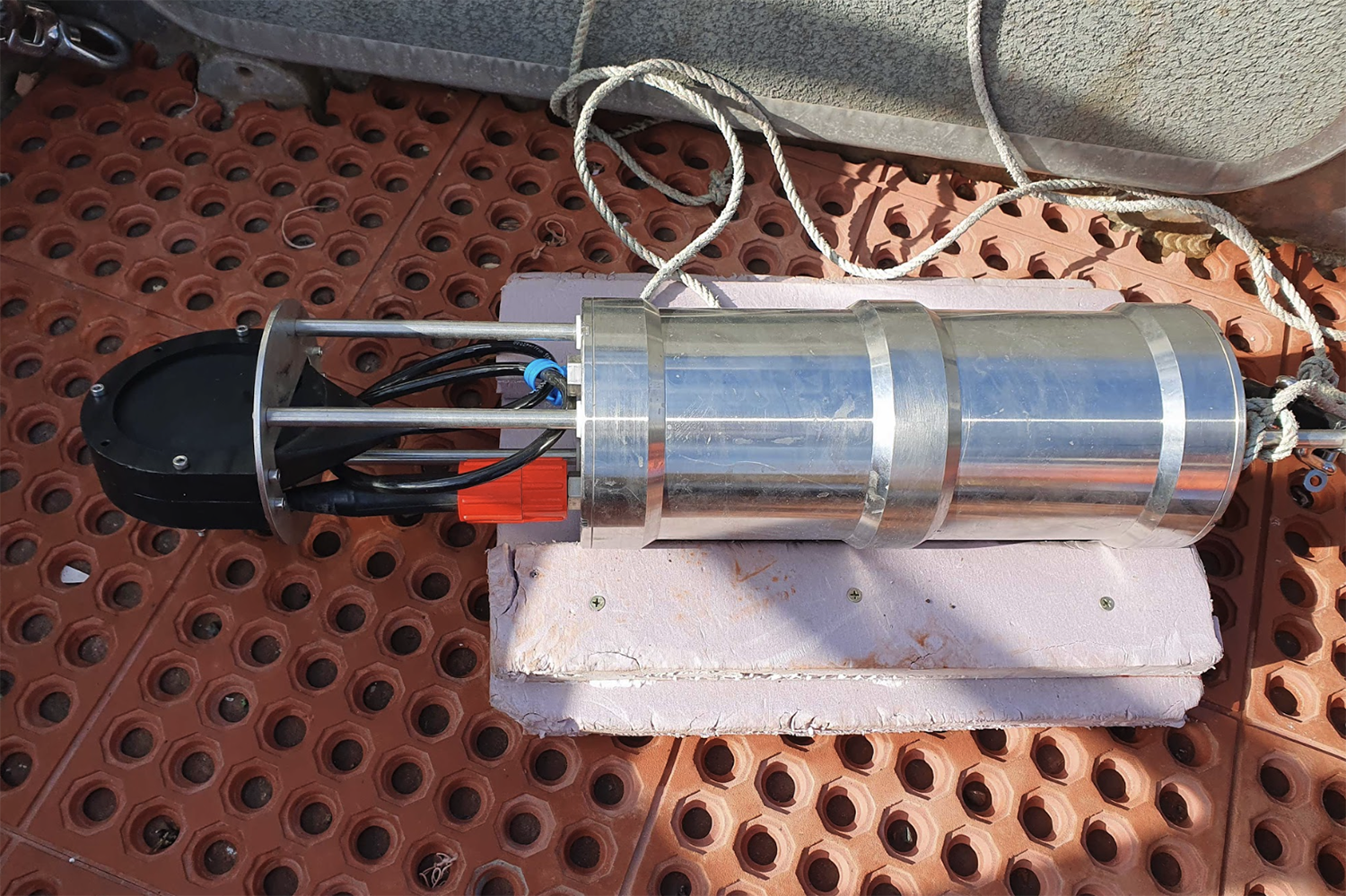
Testing during mackerel fishing operations in 2021 that targeted the startle reflex in both seals and toothed whales showed a 97 percent decrease in losses to grey seals. There was increased fishing time because there were fewer seal disruptions and a 74 percent increase in catch. A similar decrease in predation has been seen in other studies.
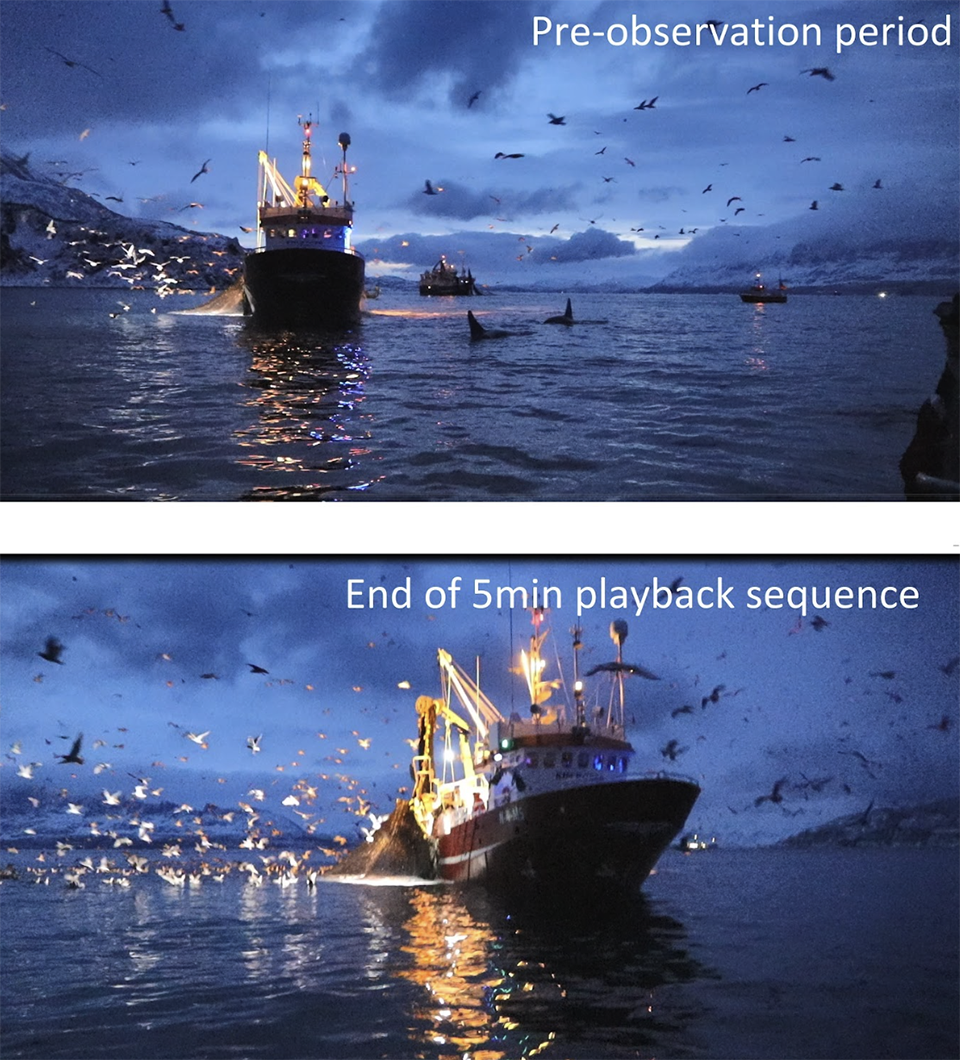
When the researchers couldn’t find a suitable manufacturer for their startle-inducing sound system, they founded GenusWave. After years of development, the spin-off is now deploying products in various settings.
One advantage of using the startle reflex is its effectiveness at low sound exposure levels. Traditional acoustic deterrents, which work by being loud, have a relatively high duty cycle – as much as 50 to 100 percent – when protecting salmon farms, according to Steven Alevy, GenusWave’s managing partner.
That was one of the surprises for us. The animals didn’t habituate.
“Technology that the University of St. Andrews developed with only a 2 or 3 percent duty cycle is an order of magnitude less [noise],” Alevy said.
Kylie DaCunha, director of special projects at GenusWave, noted a benefit for fishing operations: reduced bycatch. GenusWave’s research partners are using the startle reflex to keep orcas away from fishing boats in Norway and seals and other pinnipeds away from fishing operations around the globe. Doing so will not only cut losses to predation but will also reduce marine mammal interactions with boats or fishing gear – and in different types of fisheries – decreasing the chance for an inadvertent catch or harm to a marine mammal.
Now that you've reached the end of the article ...
… please consider supporting GSA’s mission to advance responsible seafood practices through education, advocacy and third-party assurances. The Advocate aims to document the evolution of responsible seafood practices and share the expansive knowledge of our vast network of contributors.
By becoming a Global Seafood Alliance member, you’re ensuring that all of the pre-competitive work we do through member benefits, resources and events can continue. Individual membership costs just $50 a year.
Not a GSA member? Join us.
Author
-

Hank Hogan
Hank Hogan is a freelance writer based in California who covers science and technology. His work has appeared in publications ranging from Boy’s Life to New Scientist.
Tagged With
Related Posts
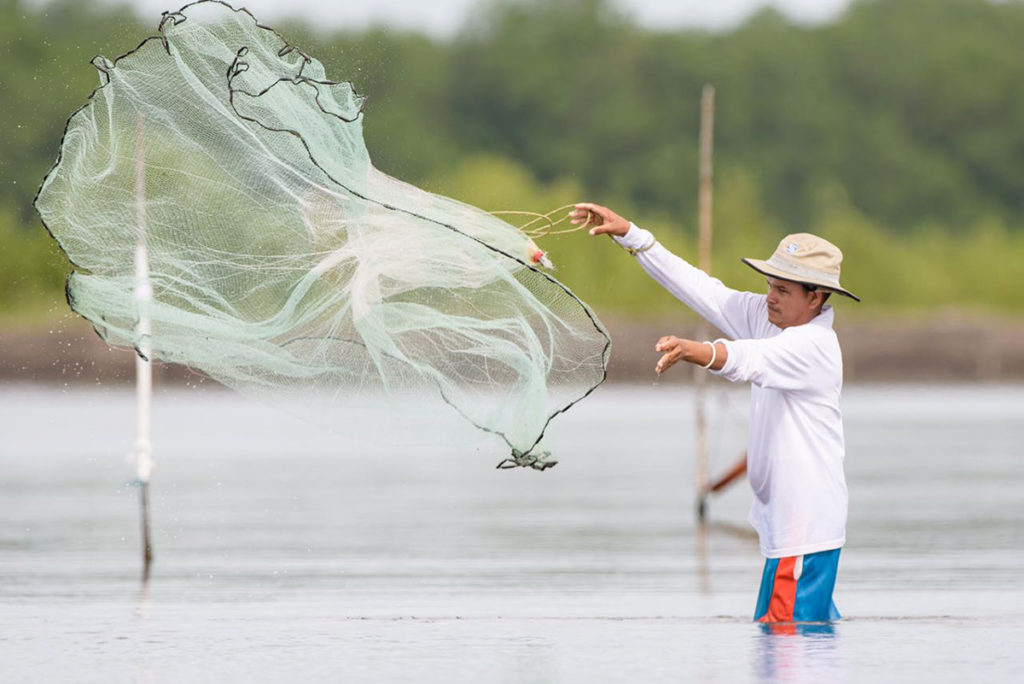
Responsibility
Aquaculture, feed companies embark on a carbon-cutting journey
The aquaculture value chain can significantly reduce carbon emissions with innovations in feed, transportation and operations.
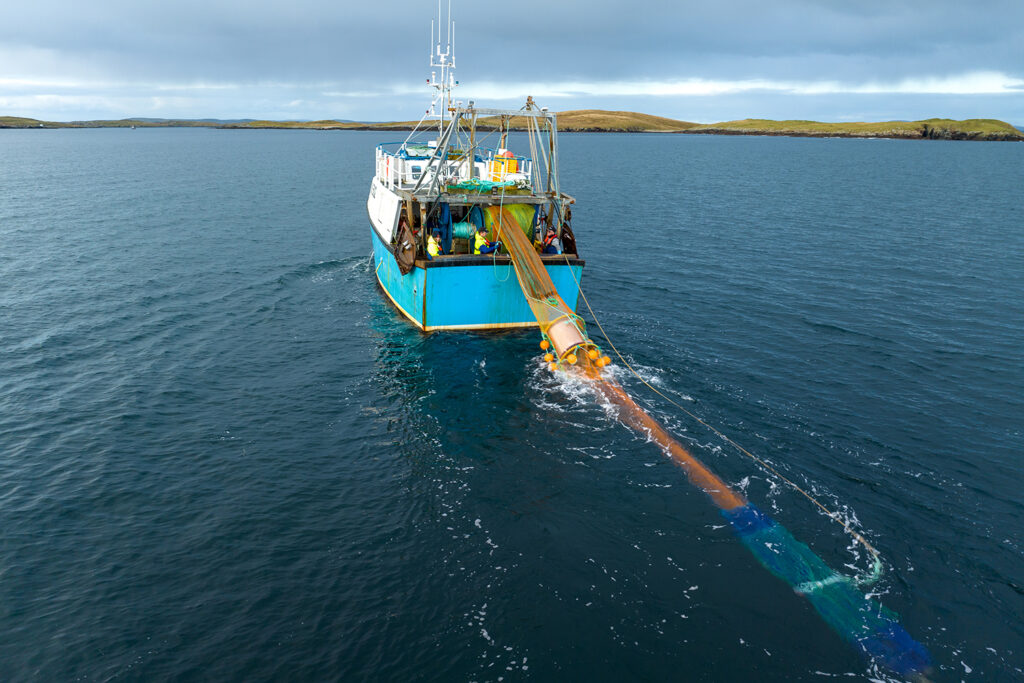
Fisheries
The AI tool that aims to make bottom trawling smarter and prevent bycatch and discards
Smartrawl employs AI-enabled cameras and innovative gate hardware on fishing nets to enable bottom trawlers to sort fish, reducing bycatch.
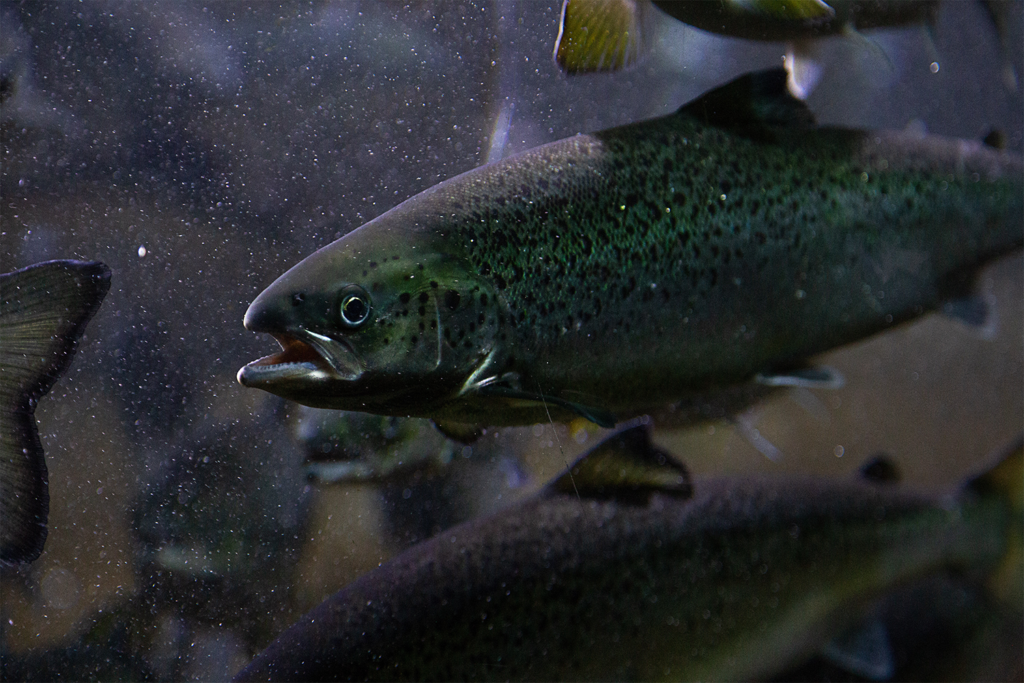
Innovation & Investment
Using AI to streamline gender-sorting processes in salmon aquaculture
AI is enhancing gender-sorting processes and optimizing quality assessment and production of Atlantic salmon aquaculture.
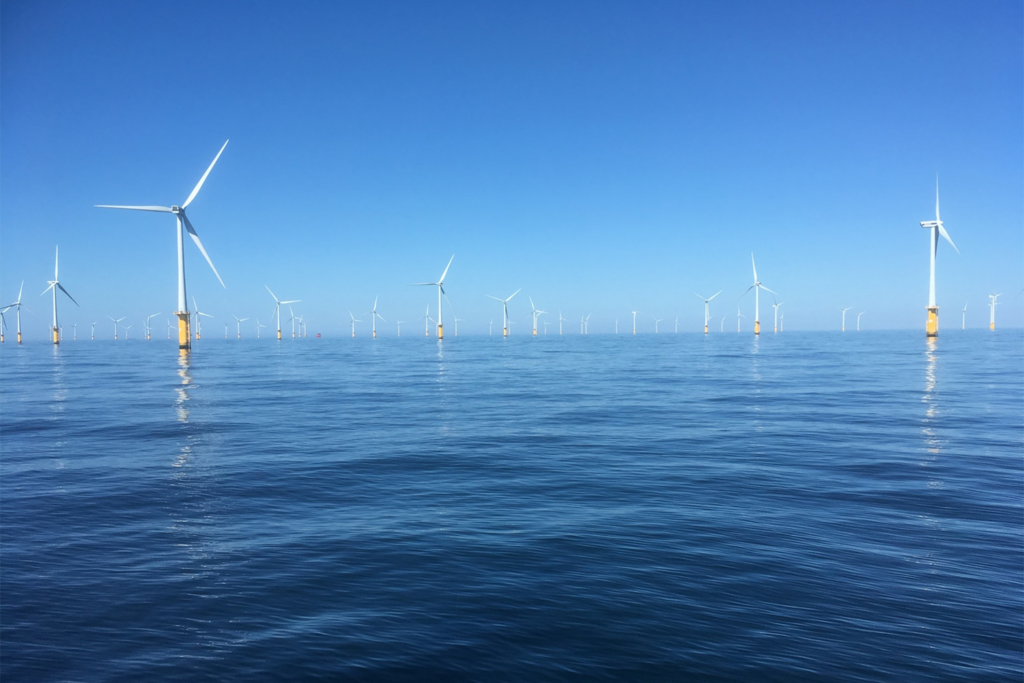
Responsibility
Ocean noise: How the changing sea soundscape can stress fish
Ocean noise from human activity can change fish behavior like feeding, but new technologies and techniques can minimize the stress.


